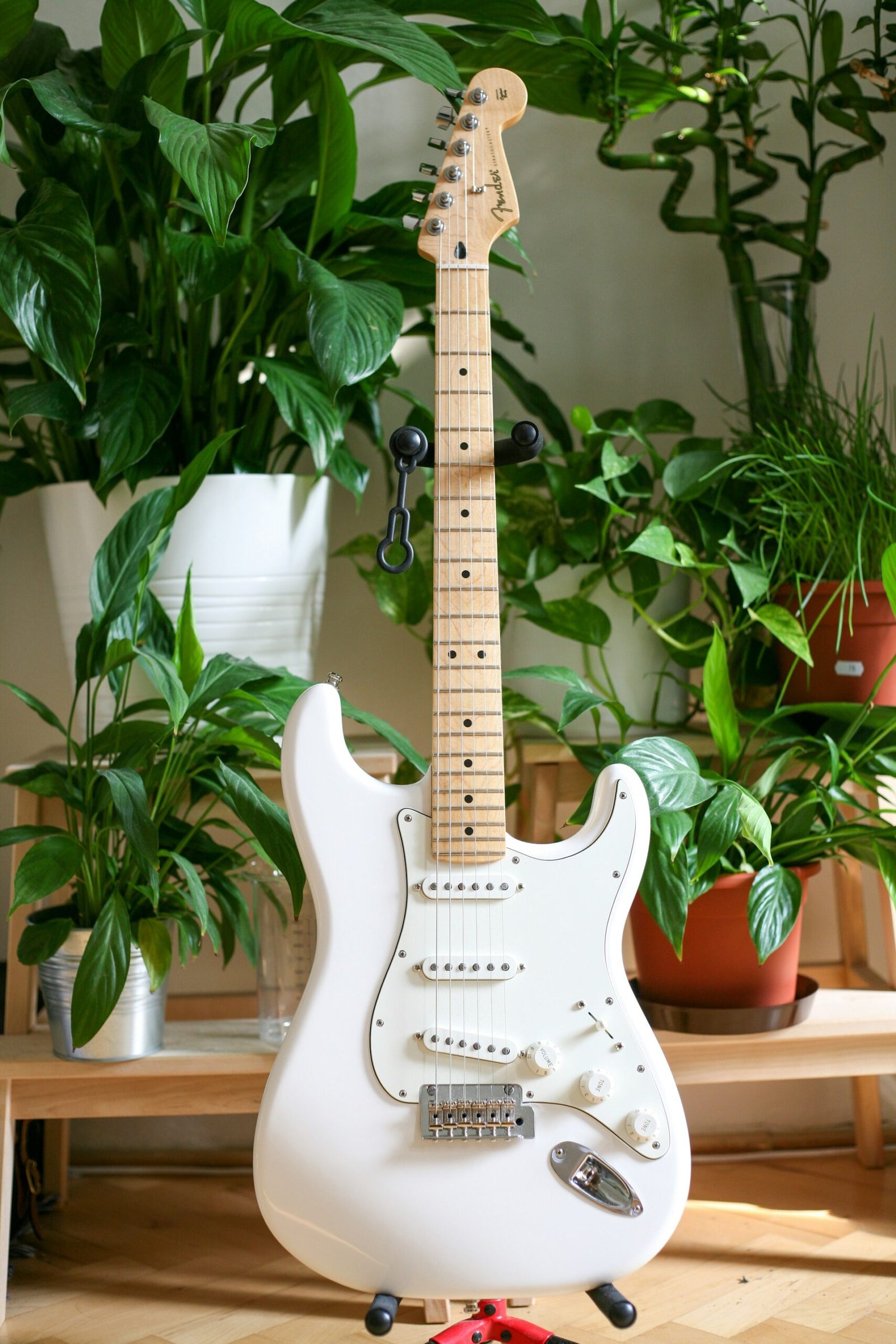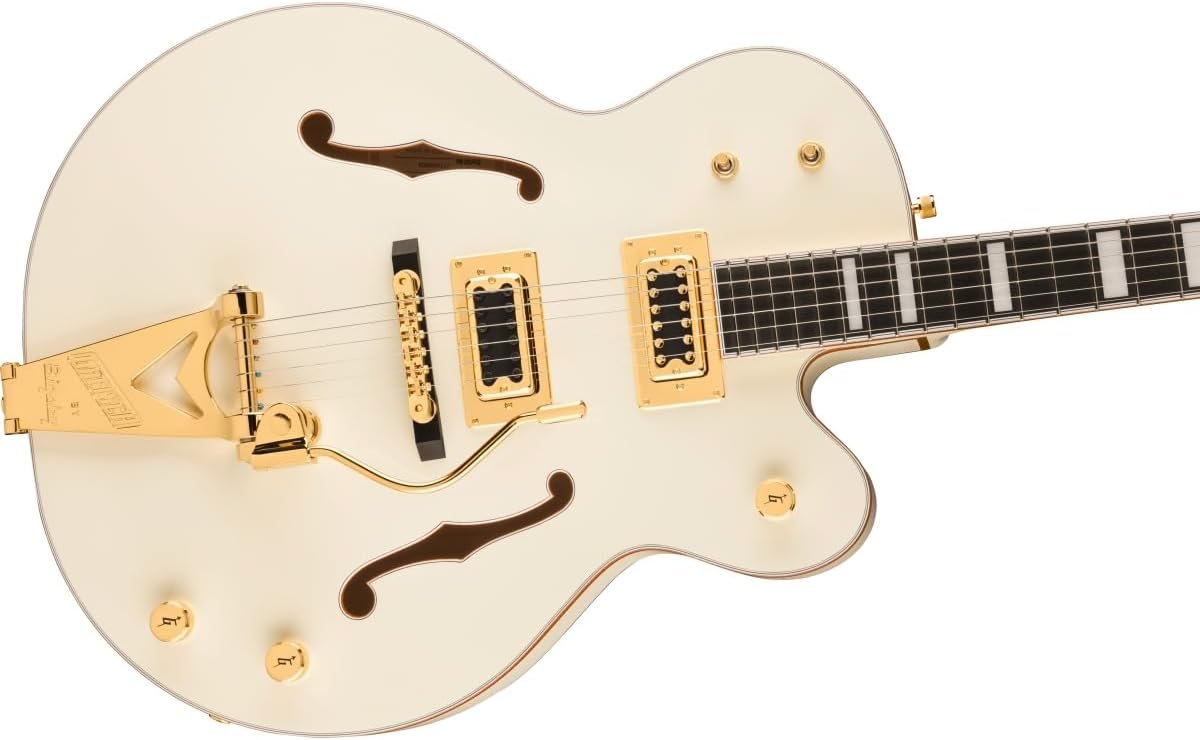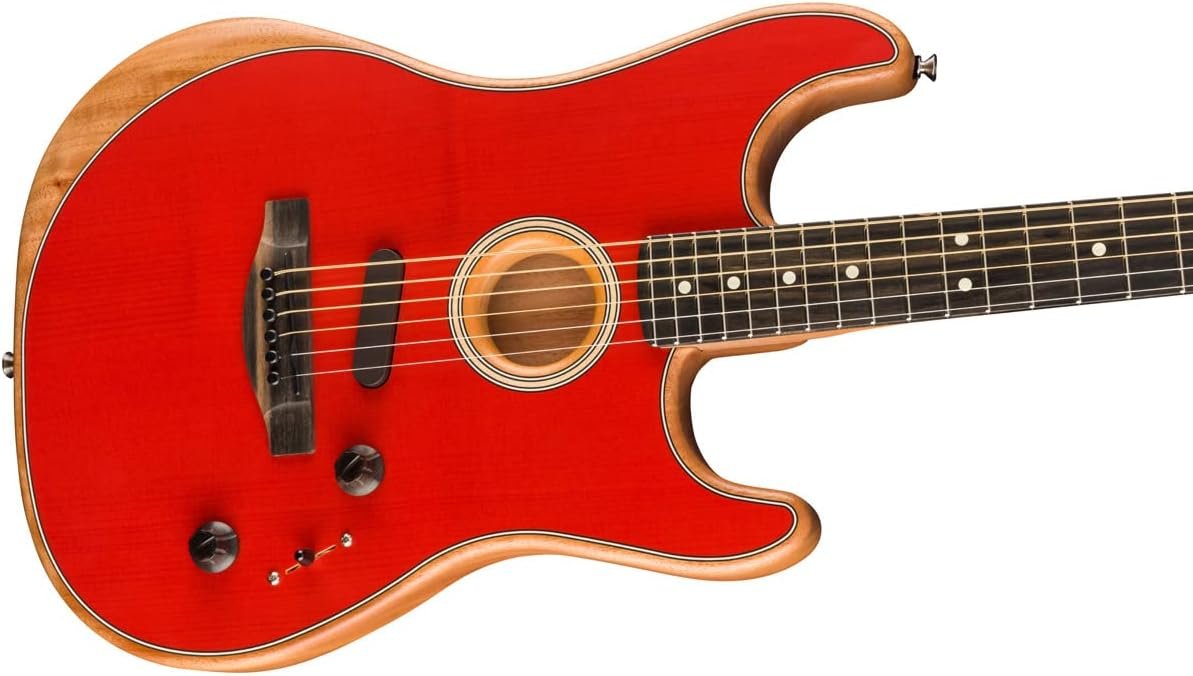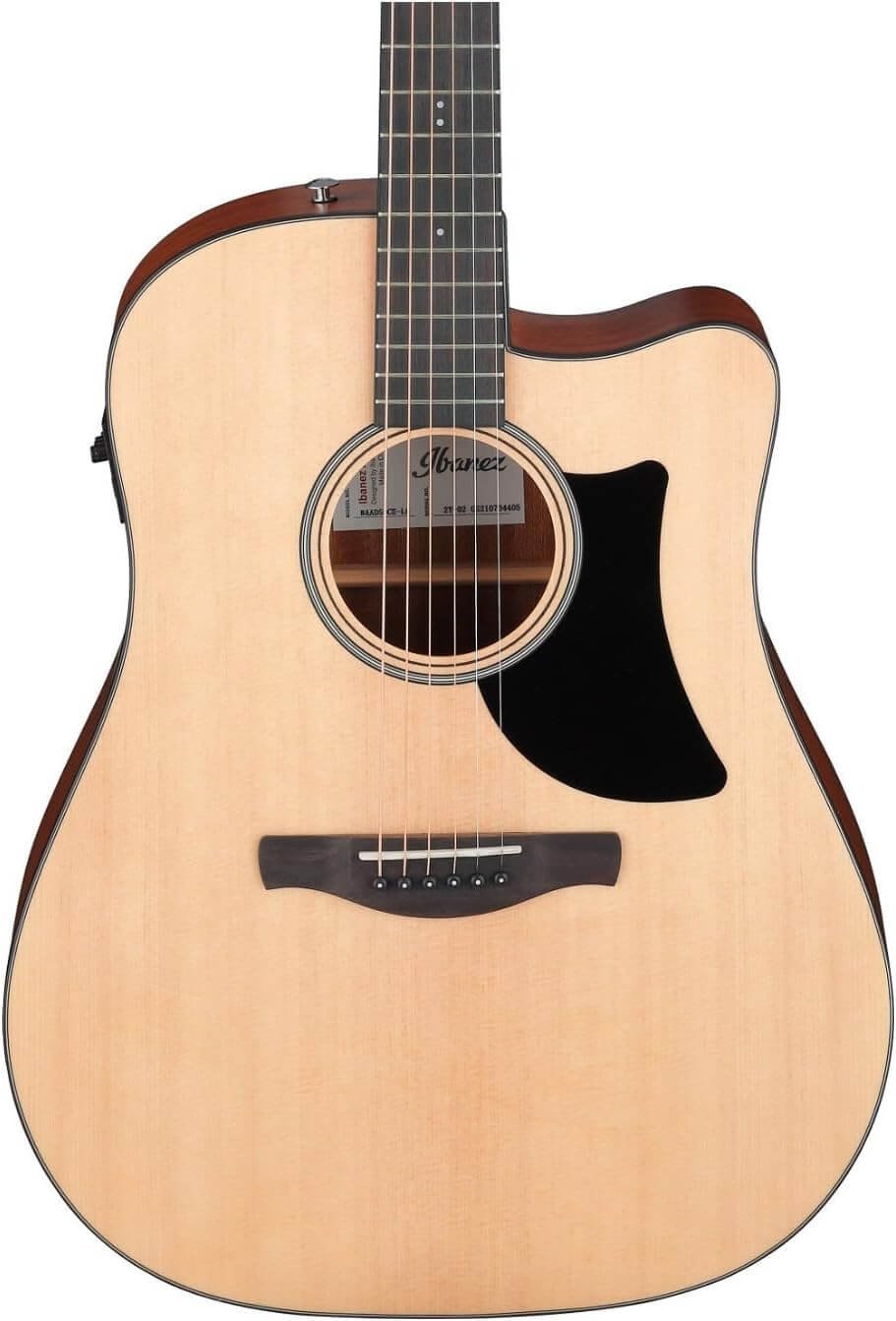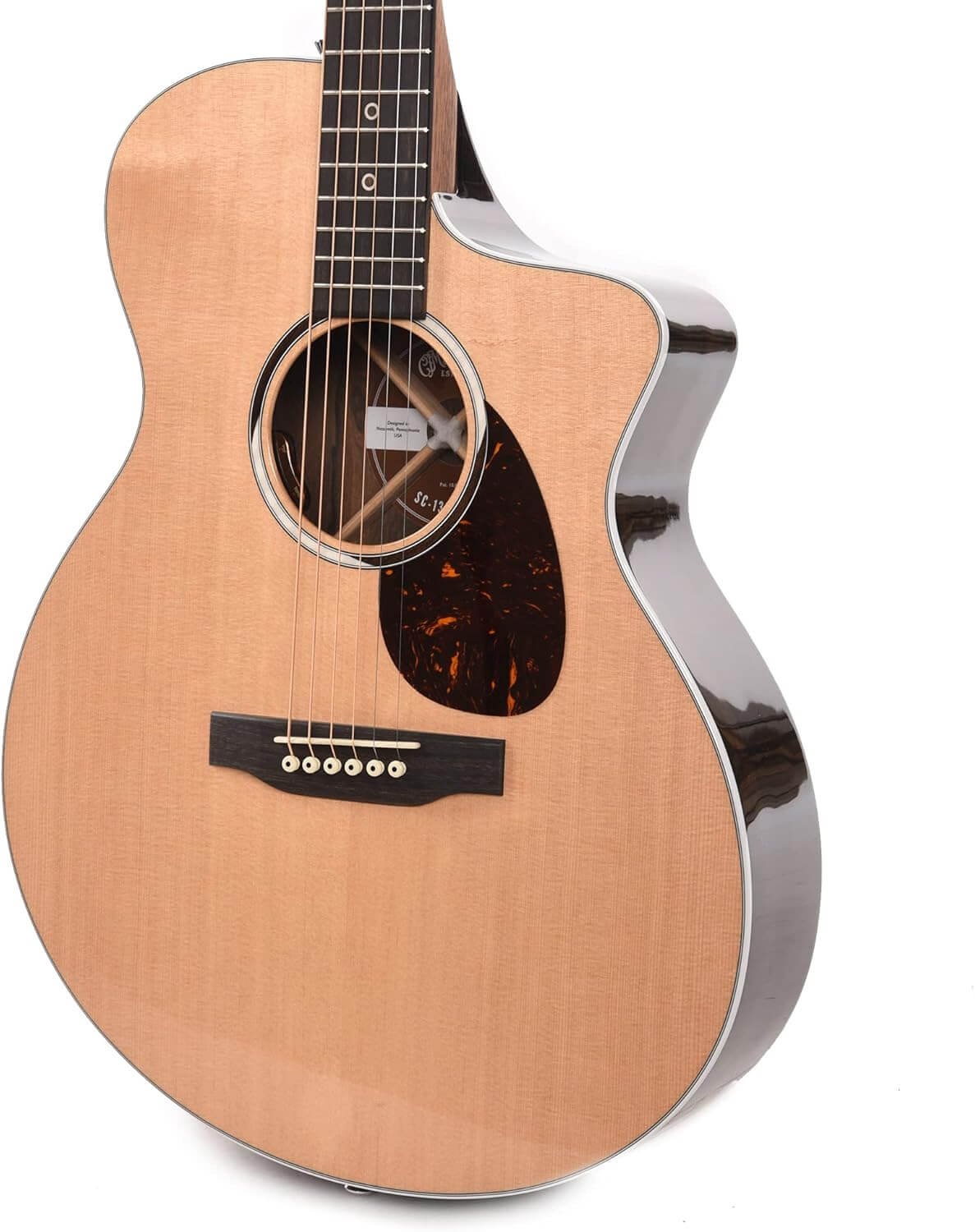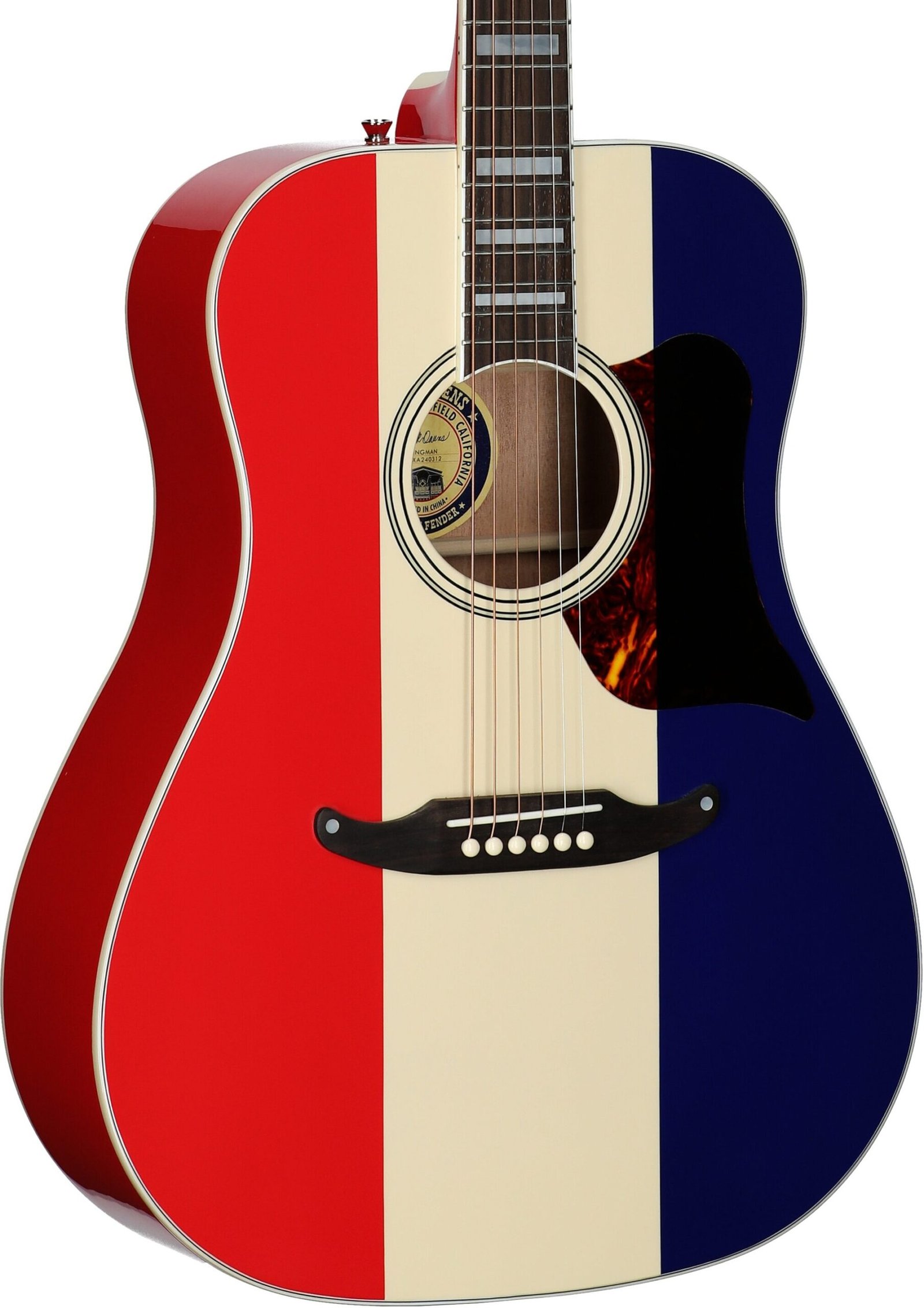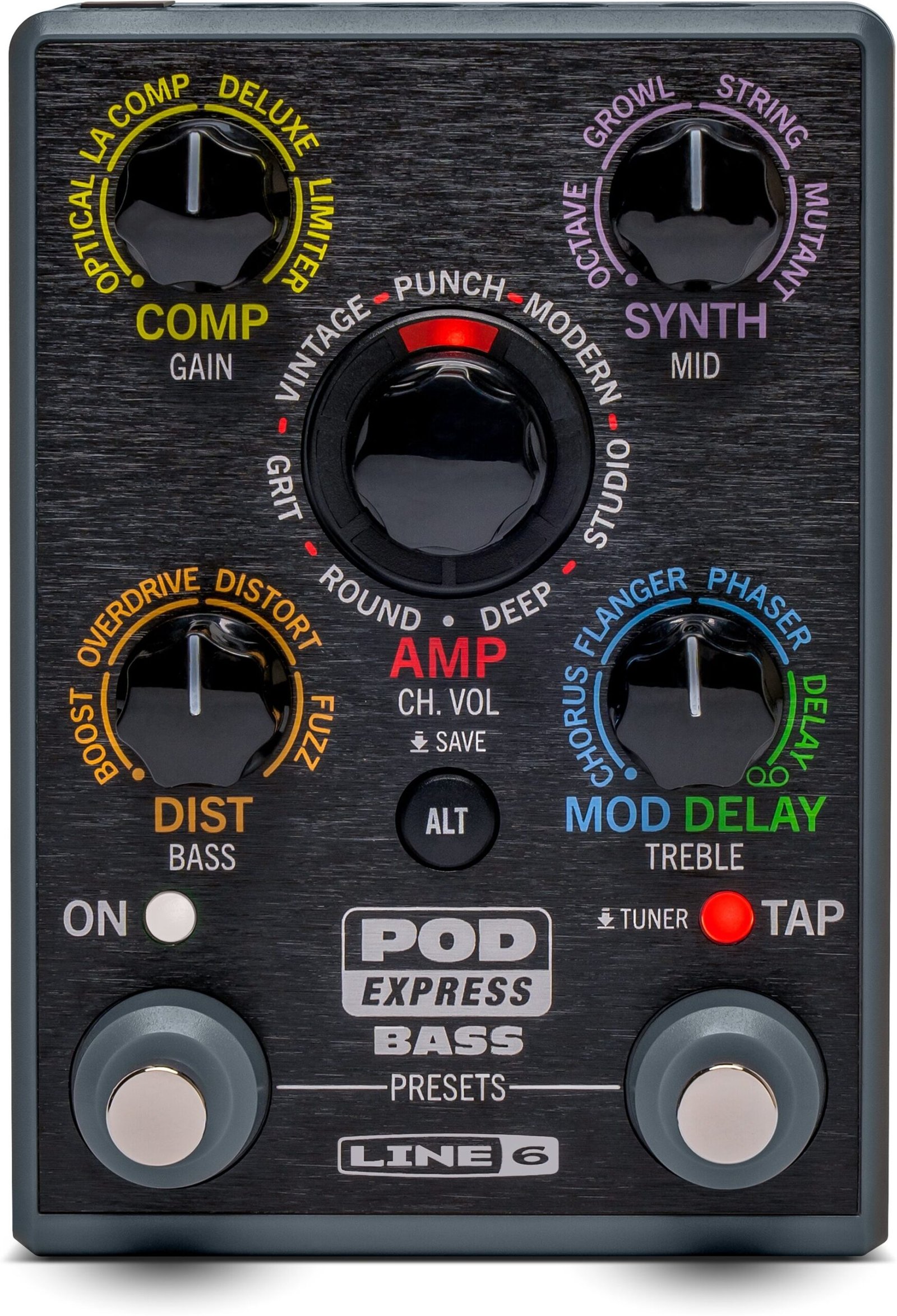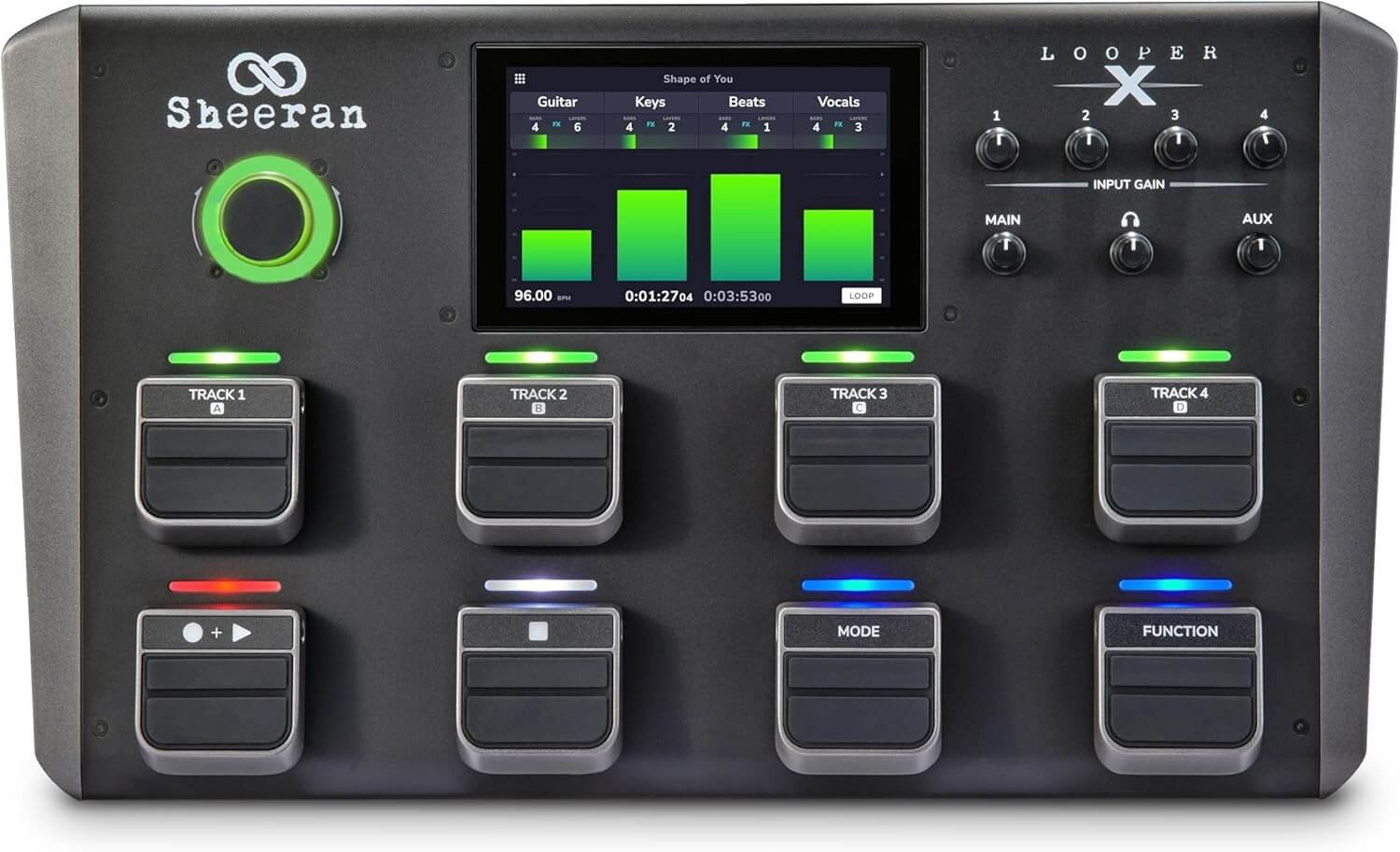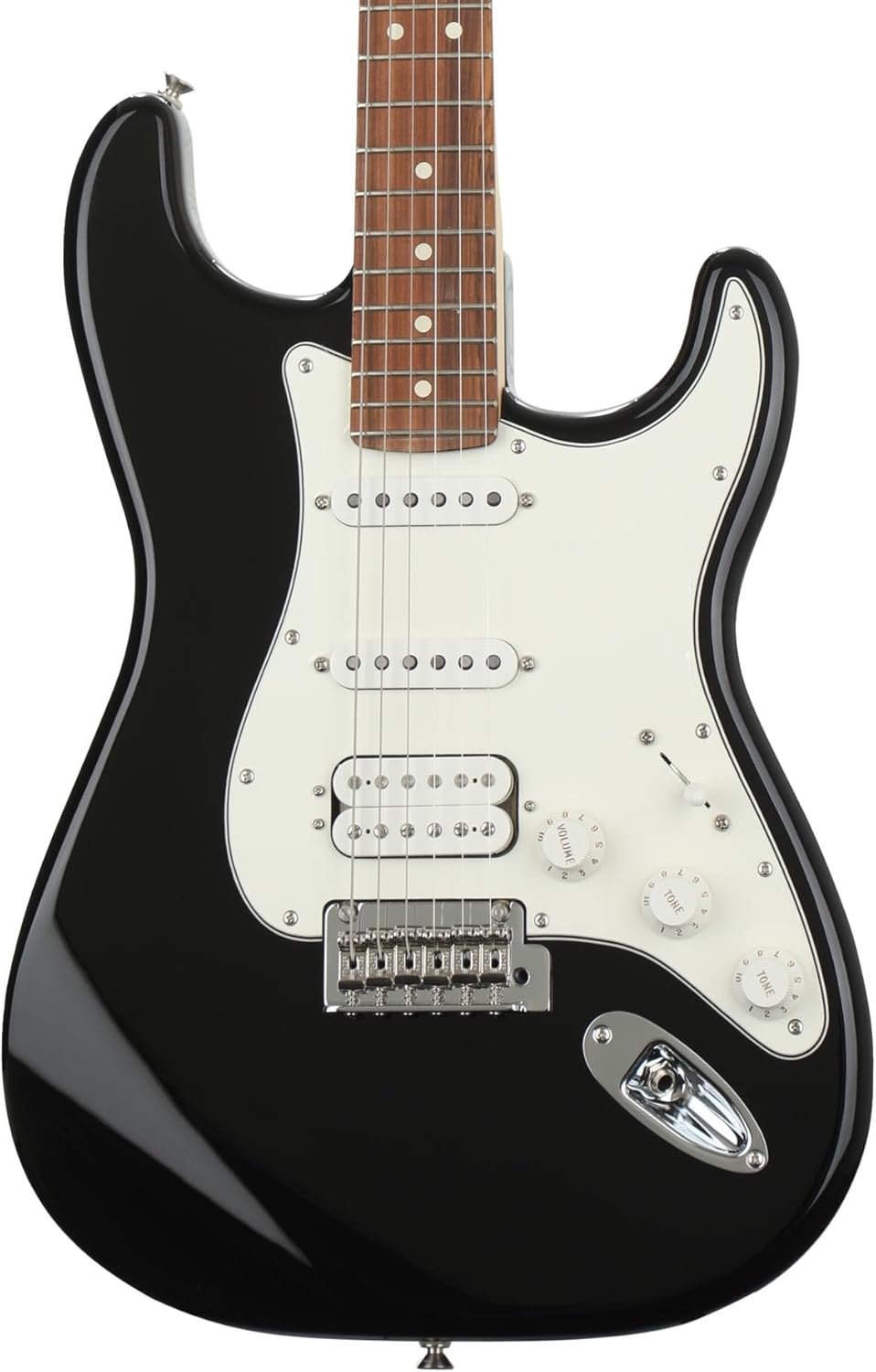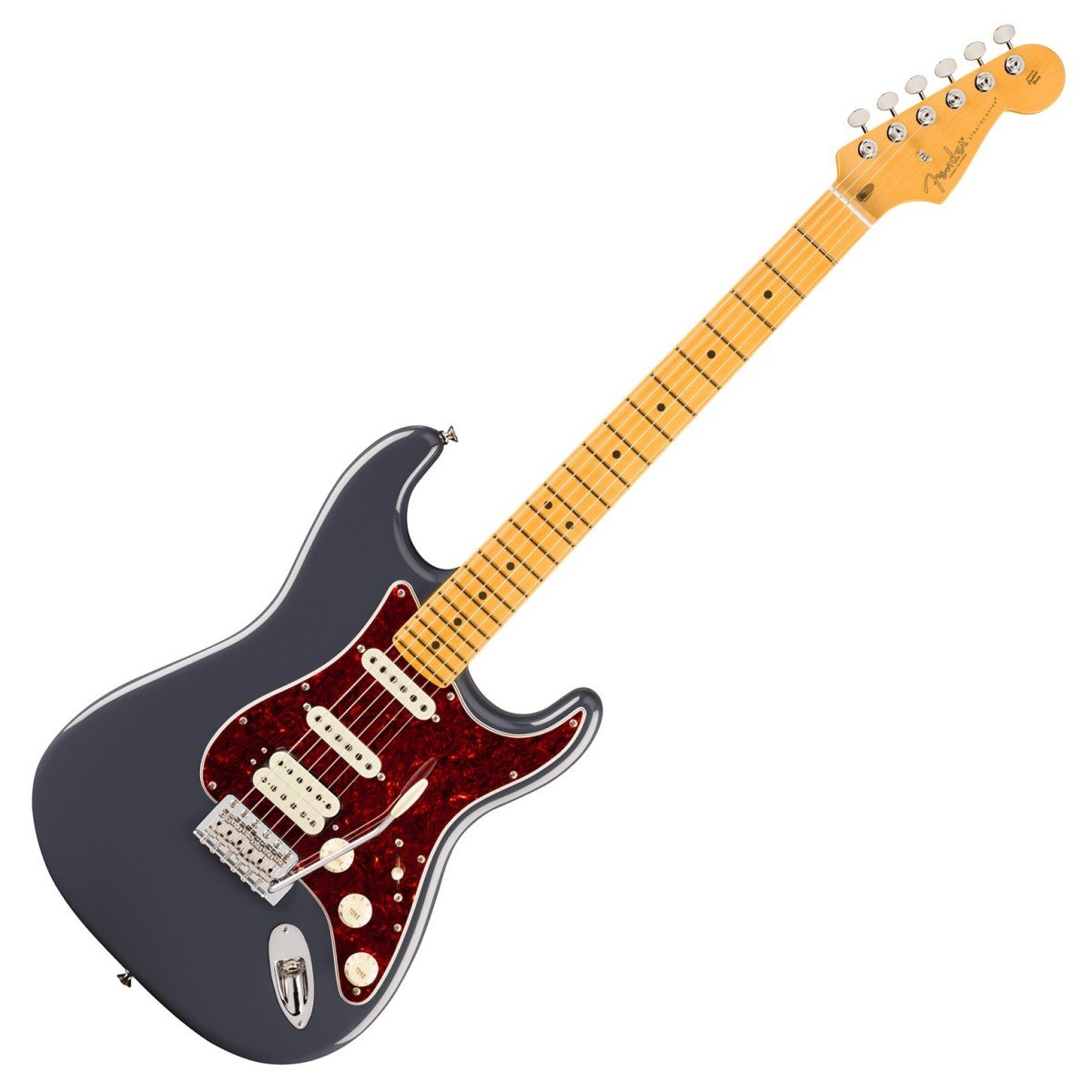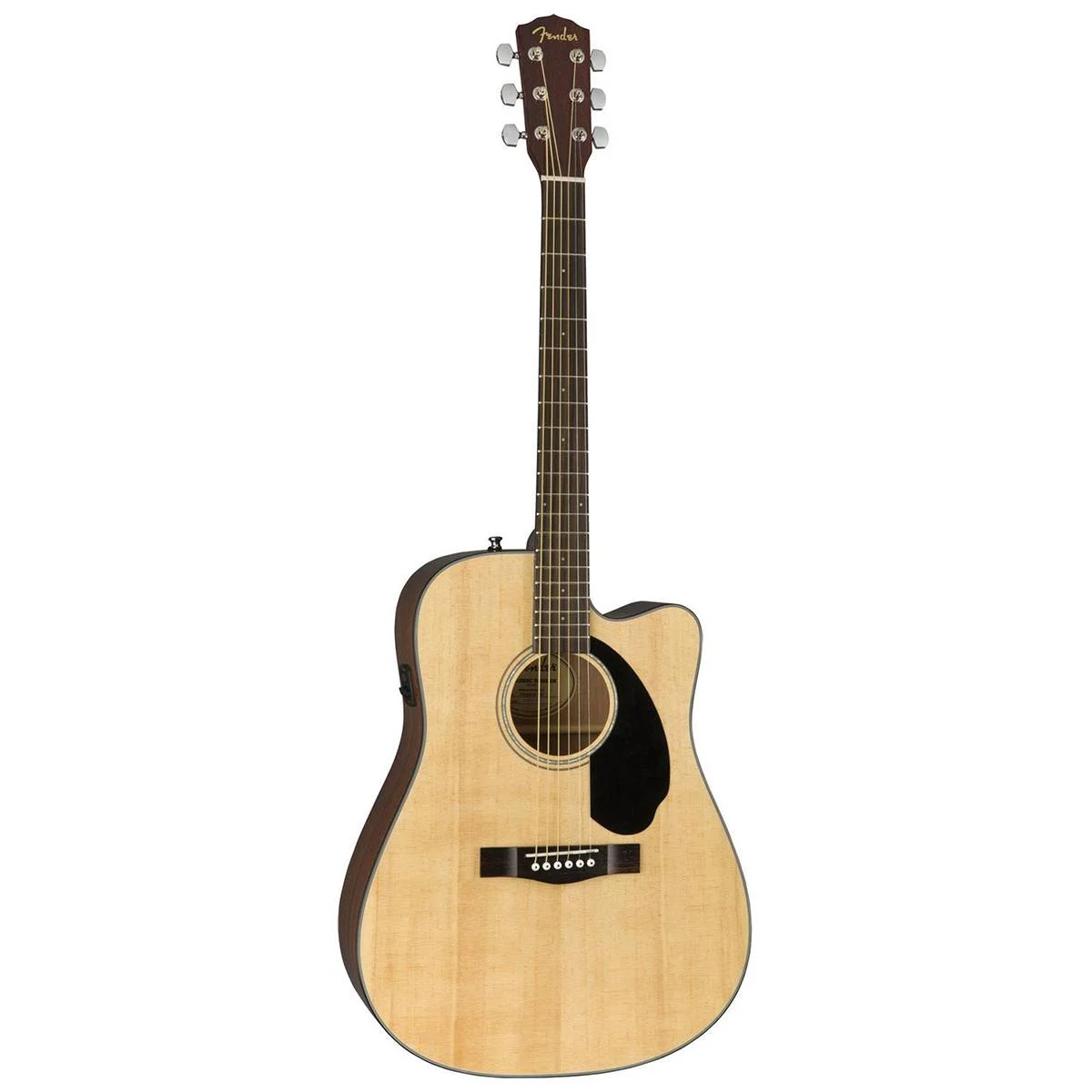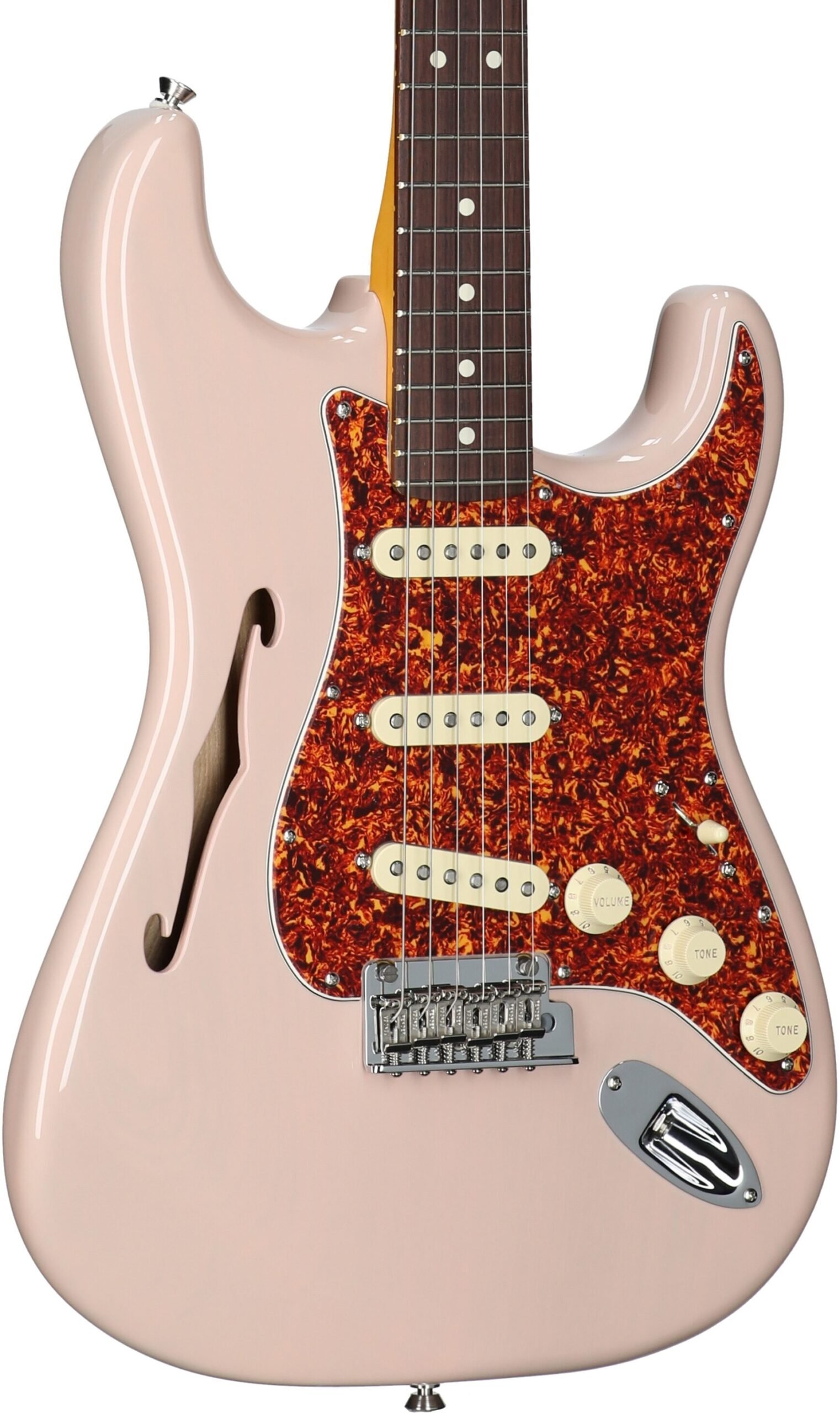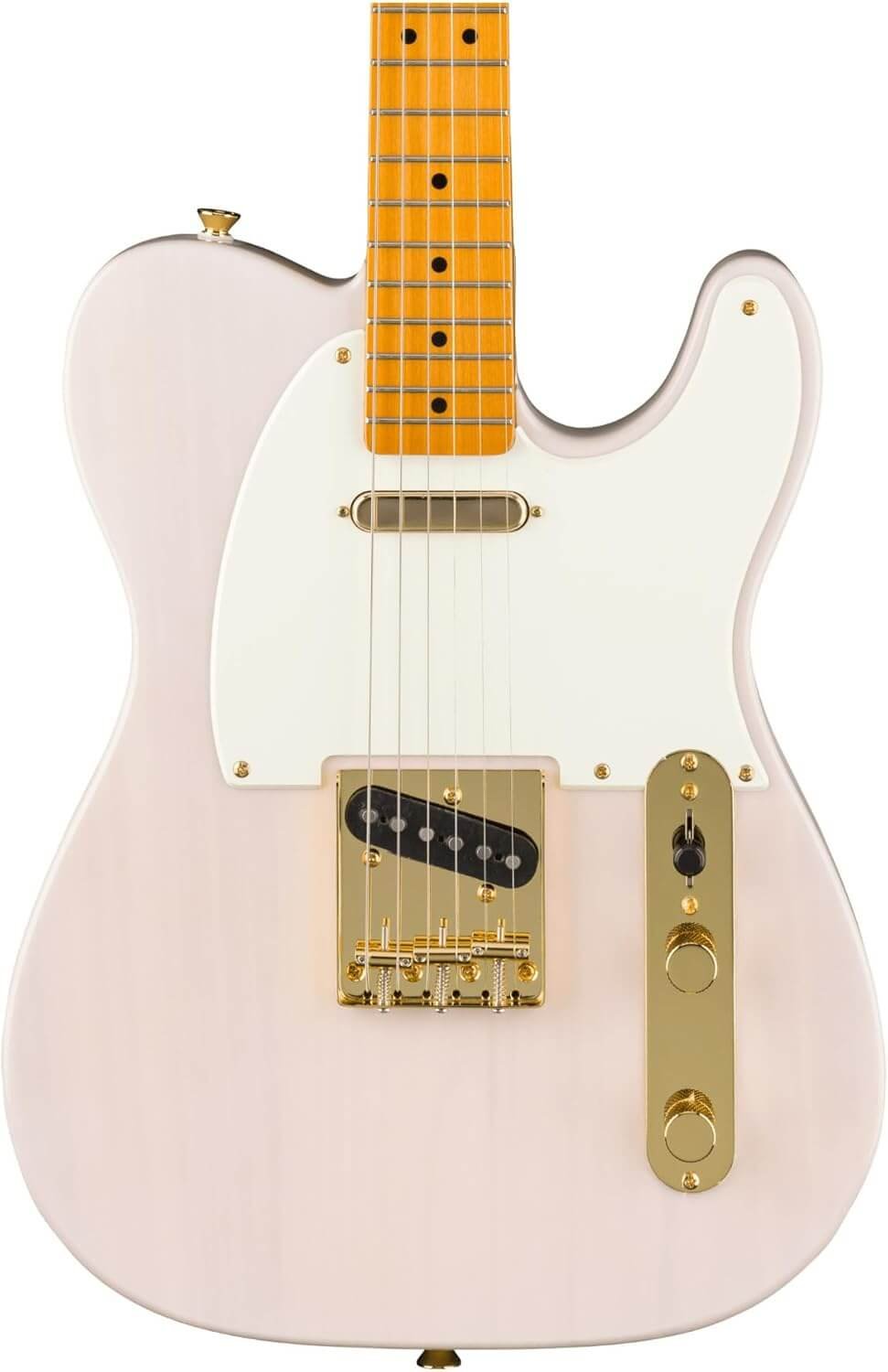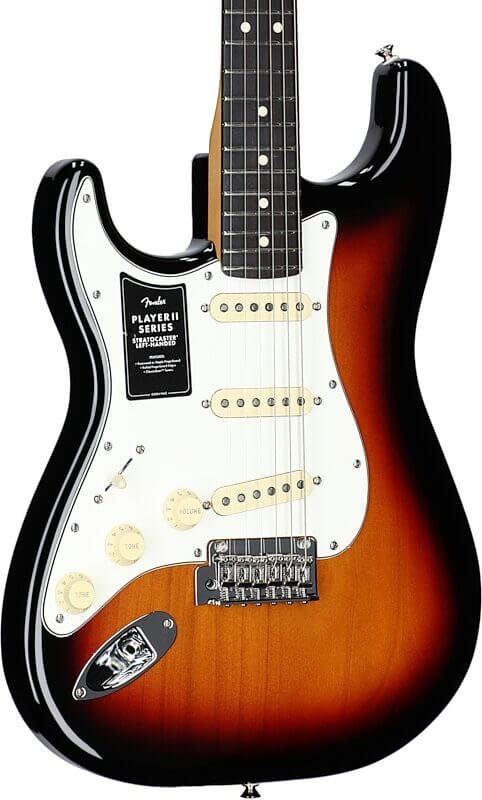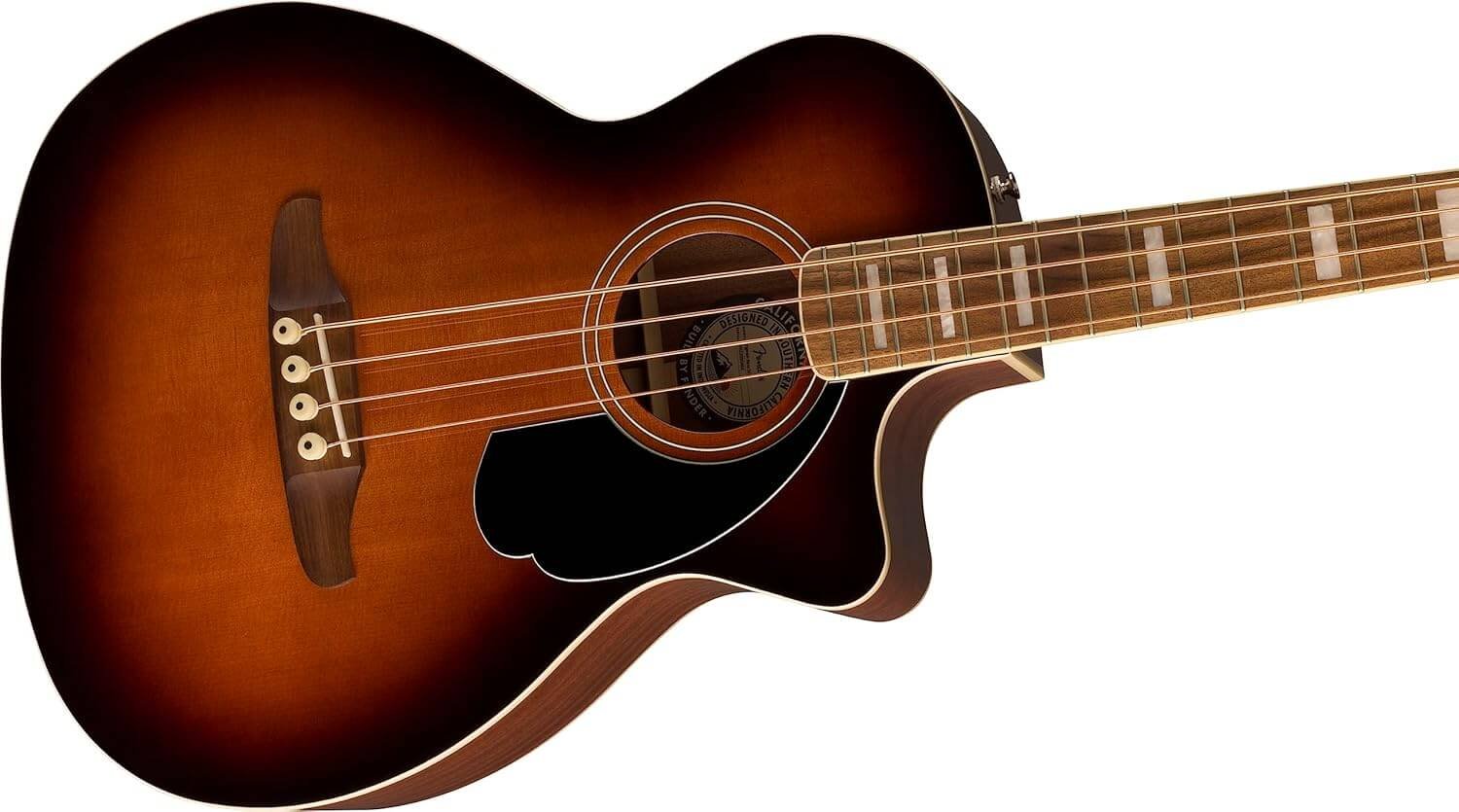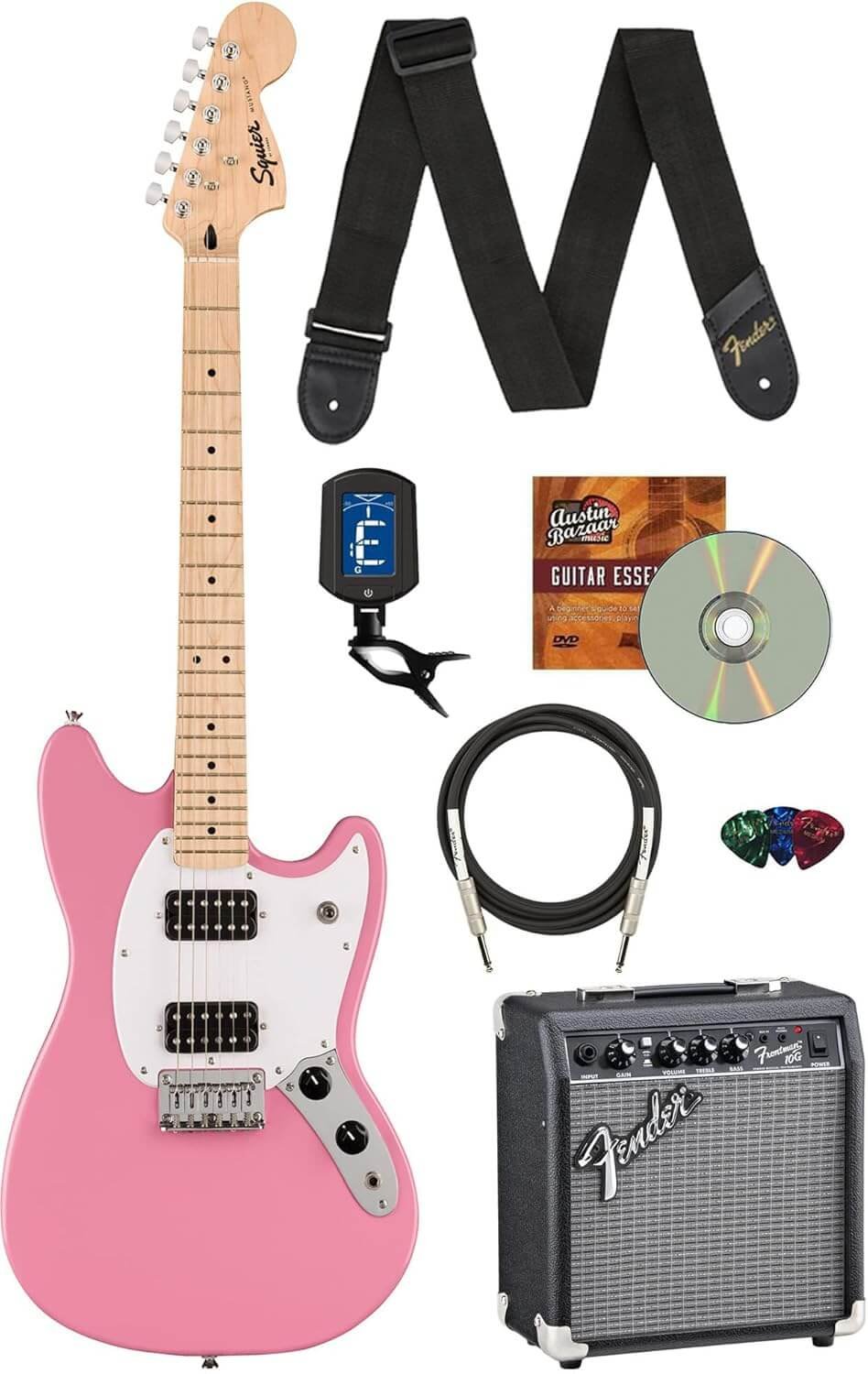Introduction to the Electric Guitar Phenomenon
The electric guitar, a groundbreaking instrument that has profoundly influenced modern music, emerged in the early 20th century. Initially designed to amplify the sound of traditional guitar strings, it quickly evolved into a distinct category of its own, reshaping various music genres. From jazz and blues to rock and roll, the electric guitar has become synonymous with cultural movements and has significantly contributed to the development of contemporary music.
The rise of the electric guitar can be traced back to innovations in technology, including the electromagnetic pickup, which enhanced its sound capabilities. This revolutionary development spurred musicians to explore new styles and techniques, leading to the birth of electric guitar icons. For instance, legends like Jimi Hendrix, Eric Clapton, and B.B. King utilized the instrument not only as a musical tool but as a means of personal expression, showcasing its versatility and emotional depth.
Significantly, certain models of electric guitars have reached iconic status, each telling a unique story and representing a specific era within music history. The Fender Stratocaster and Les Paul are among the most recognized electric guitars, celebrated for their distinct sound qualities and aesthetic designs. These instruments have been featured in countless recordings and live performances, further solidifying their importance within the electric guitar phenomenon.
Moreover, the electric guitar transcends mere musical boundaries; it has become a cultural symbol representing freedom, rebellion, and creativity. Its presence at festivals, concerts, and in popular media highlights its integral role in shaping societal trends. As we delve deeper into the narrative of the electric guitar, it becomes evident that it is not just an instrument but a profound entity that continues to inspire generations of musicians and music enthusiasts around the globe.
The Birth of the Electric Guitar
The electric guitar, an iconic instrument that has shaped the landscape of modern music, has its roots in the early 20th century. Its development was significantly influenced by the technological advancements of the time, specifically in the realm of amplification. The transition from acoustic to electric guitar was not instantaneous; rather, it was a gradual evolution driven by the requirements of musicians and the need for louder instruments that could be heard in large ensembles. As the popularity of jazz and popular music grew, the inability of traditional guitars to project sound effectively became increasingly apparent.
Pioneers such as George Beauchamp, who co-founded the National Guitar Company, played a crucial role in this evolution. In 1931, Beauchamp partnered with Adolph Rickenbacker to create the first commercially viable electric guitar, the “Frying Pan.” This guitar, notable for its circular body and distinctive design, utilized electromagnetic pickups to convert string vibrations into electrical signals, thereby amplifying the sound. The introduction of the Frying Pan marked a significant milestone in electric guitar history, paving the way for subsequent innovations.
Following this early invention, various manufacturers began experimenting with electric guitar designs, leading to more significant advancements in sound quality and playability. The 1930s saw the emergence of models like the Gibson ES-150, which incorporated a hollow body to enhance resonance, while Fender introduced the Telecaster in the early 1950s, revolutionizing the electric guitar’s profile with its solid-body design. These developments not only established the electric guitar as a prominent instrument within popular music but also set the stage for the diverse range of electric guitars enjoyed by musicians today.
Criteria for Fame: What Makes a Guitar Iconic?
The fame of an electric guitar transcends mere popularity; it is grounded in several specific attributes that collectively contribute to its iconic status. One of the most significant factors is sound quality. A guitar that delivers distinct tones, whether it’s a smooth jazz sound or a gritty rock riff, often becomes a favorite among musicians. This tonal versatility can make a guitar indispensable in various musical genres, enhancing its appeal.
Another critical criterion is playability. A guitar must not only sound good, but it must also feel right in the hands of the player. Factors such as weight, neck shape, and fretboard accessibility can influence a musician’s comfort and performance. Electric guitars that allow for seamless play through various techniques such as bending, sliding, and tapping tend to gain traction among both amateur and professional players.
Aesthetic appeal cannot be overlooked when considering what makes a guitar iconic. The visual elements, such as color, finish, and shape, play a significant role in attracting both musicians and fans alike. Guitars that have visually striking designs or distinctive features often become symbols in the music world, making them more desirable.
The influence of notable musicians further amplifies a guitar’s fame. When a legendary artist adopts a particular model, their followers and aspiring musicians are likely to take notice, further cementing that guitar’s status in popular culture. Additionally, a guitar’s contributions to defining musical genres—be it rock, blues, or jazz—also play a pivotal role in its legacy.
In essence, a combination of sound quality, playability, aesthetic appeal, and the endorsement of notable musicians contributes to the iconic status of electric guitars, enriching the landscape of music history.
The Fender Stratocaster: A Timeless Icon
The Fender Stratocaster, introduced in 1954, has become a defining instrument within the world of electric guitars. Renowned for its sleek, contoured body and highly versatile sound, the Stratocaster is characterized by its three single-coil pickups, which contribute to its bright, punchy tone. This design not only enhances its aesthetic appeal but also provides an ergonomic benefit for musicians seeking comfort during extended playing sessions. As a result, the Stratocaster has established itself as a favorite among guitarists of various genres, from rock to blues to jazz.
One of the striking features of the Stratocaster is its remarkable adaptability, which has allowed it to thrive in different musical contexts. The guitar’s unique sound is often described as sharp and clear, making it suitable for intricate solos and powerful riffs alike. The Stratocaster’s ability to produce a wide range of tones has made it an essential tool for legendary musicians such as Jimi Hendrix, Eric Clapton, and Stevie Ray Vaughan. Each artist has left an indelible mark on music history, using the Stratocaster to express their artistic vision and influence countless others.
Culturally, the Fender Stratocaster has played a significant role in shaping musical movements over the decades. Its emergence during the rise of rock ‘n’ roll in the late 1950s and 1960s solidified its place in popular music. The guitar became synonymous with the rebellious spirit of the era and was frequently associated with the sounds of iconic bands like The Rolling Stones and The Beach Boys. As each decade passed, the Stratocaster continued to evolve, ensuring its relevance in contemporary music. Ultimately, its legacy remains unwavering, demonstrating the profound impact one instrument can have on art and culture.
Guitar Legends: Icons Who Played the Stratocaster
The Fender Stratocaster is not just an iconic instrument; it has been instrumental in shaping the careers of legendary guitarists throughout music history. Among these musicians, Jimi Hendrix stands out as a revolutionary figure whose innovative playing style redefined the role of the electric guitar in contemporary music. Hendrix’s use of the Stratocaster allowed him to explore a vast range of sounds and techniques, from the fiery feedback in “Voodoo Child (Slight Return)” to complex chord voicings and intricate solos. His approach to the guitar inspired countless musicians and established the Strat as a staple in rock music.
Another distinguished Stratocaster player is Eric Clapton, whose fluid and expressive playing has made him a household name. Over his decades-long career, Clapton utilized the Strat to craft his unique sound, merging blues, rock, and pop elements. The instrument’s versatility complemented his emotive style, especially evident in classics like “Layla” and “Tears in Heaven.” Clapton’s ability to infuse his personality into the Stratocaster’s sound cemented its reputation as a key component of a guitar virtuoso’s arsenal.
Stevie Ray Vaughan is yet another iconic guitarist who embraced the Fender Stratocaster. Vaughan’s playing style was characterized by aggressive yet soulful phrasing, which turned him into a blues-rock powerhouse. His passion for the Stratocaster is reflected in hits such as “Pride and Joy” and “Texas Flood,” where the electric guitar’s expressiveness supported his dynamic performances. Vaughan not only showcased the capabilities of the Strat, but also inspired a generation of guitarists to explore the instrument’s extensive tonal palette.
These exceptional artists, through their unique interpretations and techniques, have undeniably illustrated how the Fender Stratocaster has profoundly influenced and shaped the landscape of modern music.
Other Contenders: Famous Electric Guitars Throughout History
While the Fender Stratocaster dominates the conversation regarding iconic electric guitars, several other notable contenders have etched their names into the annals of music history. Among these is the Gibson Les Paul, a guitar renowned for its rich, warm tone and remarkable sustain. Introduced in the early 1950s, the Les Paul has become synonymous with rock music, largely due to its association with legendary guitarists such as Jimmy Page and Slash. The dual humbucking pickups, coupled with its solid mahogany body, contribute to its unique tonal characteristics, making it a favorite for both studio recordings and live performances.
Another prominent electric guitar is the Rickenbacker 360, which carved a niche in the music world, particularly in the 1960s. The 360 is known for its jangle-filled tone and distinctive body shape, which has become emblematic of pop and rock genres. Its popularity surged due to its use by influential bands like The Beatles and The Byrds. The Rickenbacker 360’s signature sound and aesthetic make it a beloved instrument among musicians seeking a bright, cutting tone, especially in melodic contexts.
When comparing these models to the Fender Stratocaster, one notices distinct differences in both sound and playability. The Stratocaster’s versatility allows it to shine in various musical styles, from blues to rock and jazz. Yet, the Gibson Les Paul offers a powerful, sustain-rich experience that excels in heavier genres, while the Rickenbacker 360 delivers a twinkling brightness that can enhance any performance. Each of these guitars contributes uniquely to the music landscape, showcasing the diverse sonic palettes available to guitarists.
In conclusion, while the Fender Stratocaster may steal the spotlight as the most famous electric guitar, the Gibson Les Paul and Rickenbacker 360 have made significant impacts in their own right, ensuring that the legacy of electric guitars remains vibrant and diverse throughout history.
The Evolution of Electric Guitar Design
The electric guitar has undergone significant transformations since its inception in the early 20th century. Initially, the goal was to amplify the sound of a traditional guitar, leading to the development of various designs aimed at achieving this. In the 1930s, instruments like the Rickenbacker “Frying Pan” introduced the concept of solid-body electric guitars, which significantly changed the music landscape. The use of metal, along with innovative pickup technology, allowed musicians to produce louder and more diverse sounds, leading to greater versatility in playing styles.
As the decades progressed, various manufacturers refined electric guitar design by experimenting with different materials and construction techniques. The emergence of the solid-body guitar by Leo Fender in the 1950s, exemplified by the Telecaster and Stratocaster models, marked a pivotal moment in the evolution of guitar design. These instruments offered improved sustain and tonal clarity, making them favorites among rock and blues musicians. The introduction of features such as single-coil and humbucking pickups further diversified the tonal capabilities of electric guitars, catering to a wide array of musical genres.
In addition to materials and technology, aesthetic styles have played a crucial role in the evolution of electric guitars. The introduction of vibrant colors and sleek lines not only enhanced their visual appeal but also reflected the cultural movements of the times. The psychedelic era of the 1960s and 70s saw guitars adorned with bold graphics and unique shapes, while the grunge movement in the 1990s favored more raw and unrefined designs. These changes did not merely influence how the guitars looked; they also affected musicians’ identities and how they interacted with their instruments.
The continuing evolution of electric guitar design demonstrates the instrument’s enduring legacy and its ability to adapt to changing musical demands. Innovations in technology and materials have streamlined performance capabilities and opened new possibilities for expression, solidifying the electric guitar’s role as a central instrument in modern music.
The Impact of Electric Guitars on Modern Music
The electric guitar has played an instrumental role in shaping the landscape of modern music, fundamentally altering the sound and structure of numerous genres, including rock, blues, and jazz. Its inception in the early 20th century marked a significant turning point in music history, providing musicians with enhanced volume and tonal possibilities that were previously unattainable with traditional acoustic guitars.
In rock music, the electric guitar became synonymous with the genre itself, serving as a primary instrument for iconic bands and artists. Pioneers such as Jimi Hendrix, Eric Clapton, and Jimmy Page used the electric guitar not only as a means of creating melody but also as a tool for self-expression and innovation. The distorted sounds, powerful riffs, and intricate solos that define rock music owe much of their existence to the capabilities of the electric guitar, establishing it as a cultural symbol during the 20th century.
In the blues genre, the electric guitar introduced a new dimension of sound, which allowed for greater emotional expression. Artists like B.B. King and Muddy Waters utilized the electric guitar to convey deep feelings, blending technical skill with soulful improvisation. The transition from acoustic to electric guitars significantly influenced the evolution of blues music, creating a bridge to rock and other modern genres.
Jazz musicians have also harnessed the electric guitar to develop harmonic complexity and improvisational freedom. The genre has seen guitarists like Wes Montgomery and Pat Metheny incorporate electric guitars to explore new textures and tonal variations, expanding the boundaries of what jazz can achieve.
Overall, the electric guitar’s impact on modern music cannot be overstated. It continues to resonate across various genres, connecting listeners and musicians while shaping the cultural fabric of society. As new genres emerge and musical styles evolve, the electric guitar remains a vital element in the ongoing narrative of contemporary music.
The Future of Electric Guitars
The evolution of electric guitars has been closely intertwined with advancements in technology, an integration that has profoundly shaped their design, sound, and playability. Moving forward, we anticipate further innovations that will redefine the electric guitar landscape. With the rise of digital technology, the incorporation of smart features in electric guitars is likely to become more prevalent. Guitars equipped with built-in effects processors, tuners, and connectivity to digital audio workstations are already gaining traction, providing musicians with a versatile and enhanced playing experience.
Moreover, the emergence of new playing techniques, influenced by genres such as rock, blues, and jazz, will likely spur the development of specialized electric guitars. For instance, the in-demand style of fingerstyle playing has led to designs that cater to this technique, emphasizing string spacing and neck shapes that accommodate complex chord structures. As music continues to evolve, guitars will need to meet the demands of emerging styles, which may include hybrid genres blending traditional instruments with electronic sounds.
The future musical landscape may also see the advent of more sustainable electric guitars, as environmental concerns take center stage in many industries. Manufacturers are beginning to explore eco-friendly materials and production methods, which not only reduce the carbon footprint but also appeal to the environmentally conscious musician. This shift towards sustainability aligns with a growing preference among consumers for products that reflect their values.
In conclusion, the future of electric guitars is poised for an exciting transformation, influenced by technology, changing playing methods, and a commitment to sustainability. The legacies of the most famous electric guitars will continue to inspire generations, ensuring that they remain an integral part of musical expression for years to come.

